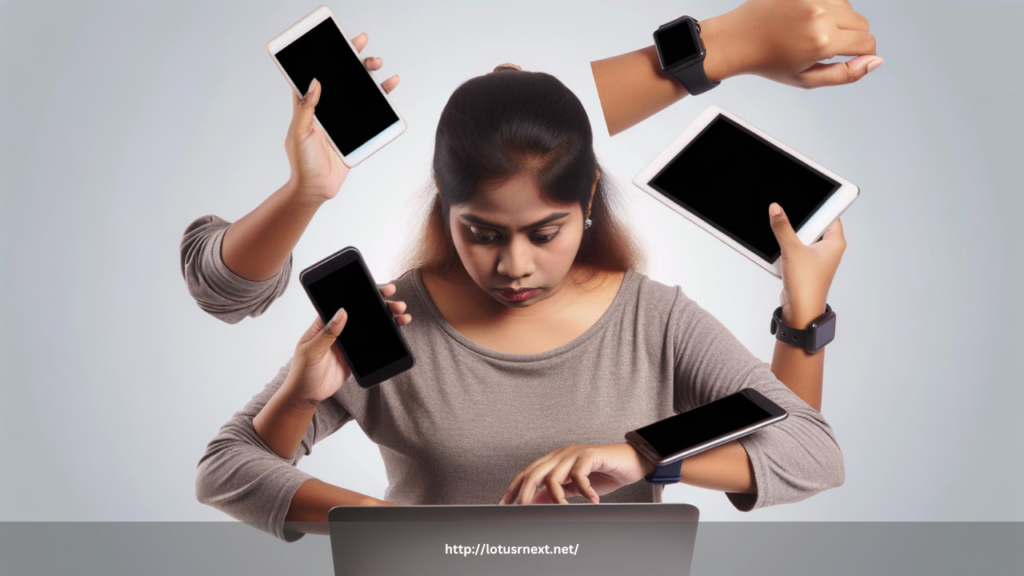
Technology has become an integral part of modern life, shaping the way we communicate, work, and interact with the world. While digital advancements have empowered individuals and businesses with unprecedented convenience and efficiency, they have also led to growing dependence on devices and applications. Striking a balance between tech dependence and tech empowerment is crucial to ensuring that technology remains a tool for progress rather than a source of control over our lives.
The Dual Nature of Technology
Technology, in its essence, is neither inherently good nor bad—it depends on how it is used. On one hand, digital tools have enhanced productivity, connected people globally, and provided access to knowledge like never before. On the other hand, excessive reliance on technology has given rise to issues such as decreased attention spans, mental health challenges, and reduced real-world interactions.
Understanding this dual nature is key to navigating the digital world effectively. When technology is used as a means to enhance skills, improve efficiency, or foster meaningful connections, it becomes empowering. However, when it leads to mindless scrolling, digital addiction, or avoidance of real-life experiences, it shifts toward dependence.
Signs of Tech Dependence
Recognizing the signs of technology dependence is the first step in addressing it. Some common indicators include:
- Feeling anxious or restless without access to devices
- Constantly checking notifications, emails, or social media
- Struggling to focus on offline activities without distraction
- Experiencing sleep disturbances due to excessive screen time
- Prioritizing virtual interactions over face-to-face conversations
Excessive tech use can negatively impact mental and physical health, straining relationships and reducing overall well-being. The challenge lies in adopting habits that mitigate dependence while retaining the benefits of digital tools.
Embracing Tech Empowerment
Technology should serve as an enabler rather than a crutch. To achieve tech empowerment, individuals must develop mindful usage habits that maximize benefits while minimizing harm. Some strategies to achieve this balance include:
- Setting Boundaries: Establish designated screen-free times, especially during meals and before bed.
- Mindful Consumption: Use technology with intention—limit mindless scrolling and focus on valuable content.
- Leveraging Productivity Tools: Use apps that enhance learning, organization, and creativity rather than those designed for passive engagement.
- Prioritizing Real-World Connections: Make an effort to engage in face-to-face interactions and outdoor activities.
- Practicing Digital Detoxes: Periodic breaks from technology help reset habits and improve mental clarity.
The Future of Balanced Tech Use
As technology continues to evolve, it is essential to cultivate a mindset that embraces its advantages while avoiding over-reliance. By practicing mindful usage, individuals can harness the full potential of technology without falling into the trap of dependence.
In the end, technology should be a tool that enhances life, not one that dictates it. Striking a balance between dependence and empowerment ensures that we remain in control of our digital habits, leading to a healthier and more fulfilling relationship with technology.